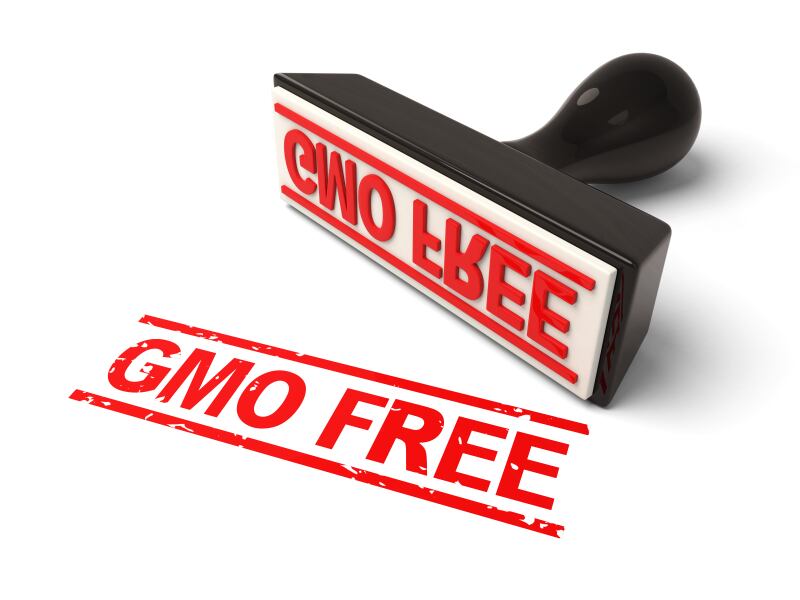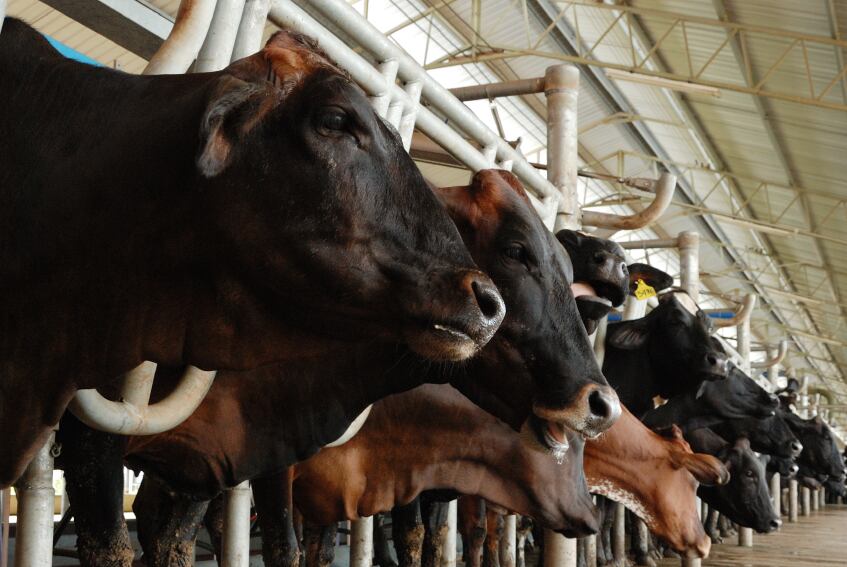The documents, which are certainly not reader-friendly, comprise about half the draft text as of April 2016 – prior to the start of the 13th round of negotiations at the end of last month. This isn’t the latest version of the text, but it gives us the best picture so far of where things are heading.
Three of the chapters leaked have relevance to the food industry: Agriculture; Regulatory cooperation; and Sanitary and phytosanitary measures. But what do they tell us?
1. An ocean apart
The documents show just how divergent the EU and US is on regulation, with the latter looking for a more “relaxed attitude”, according Marco Contiero, Greenpeace policy director on agriculture.
In the EU companies have to prove products are safe; in the US it’s up to the authorities to prove it isn’t. As such, US demands like these in the chapter on sanitary and phytosanitary measures raise major concerns:
“Each Party shall avoid unnecessary duplication and burdens with respect to:
(a) any documentation, information, or actions required of applicants as part of its approval or authorisation processes for products of modern agricultural technology; and
(b) any information the Party evaluates as part of the approval or authorisation processes for products of modern agricultural technology.”
In plain English: if the US gets its way, the EU could have to accept documents provided by companies to the US authorities, rather than carry out their own assessments – unless new evidence comes to light.
When it comes to food technology, genetic modification is an area where there was always going to be a clash. The US – government, industry and, so far, consumers – have embraced GM, whilst in the EU there is fierce political and consumer opposition, which has seen food companies introduce voluntary “non-GM” policies across a range of products.
The chapter on sanitary and phytosanitary measures also shows that the US is pushing to extend the Low Level Presence Initiative to food – the 0.1% threshold for GM material is only currently relevant to feed. The agriculture commissioner Phil Hogan said last year that he won’t allow any compromises on GM labelling standards – and this is the stance he and his colleagues are sticking to.
2. Promises, promises
Hogan isn’t the only one to have promised to maintain the EU’s strict regulatory systems in order to protect consumers. In a blog published in the wake of the Greenpeace leaks, the commissioner for trade Cecilia Malmström wrote:
“I am simply not in the business of lowering standards. I have a clear negotiating mandate for the negotiations given to the Commission by 28 EU governments, that clearly spells out what a successful agreement has to look like, and what our non-negotiable red lines are.”
The concern is that this hard-line hyperbole doesn’t appear to be making it into black and white of the negotiating documents. “Malmström may well promise not to undermine environmental and consumer protection, but the evidence tells a different story,” said Greenpeace EU director Jorgo Riss. “In several areas the US proposes to lower EU standards, but there are no EU proposals in the leaked consolidated documents to counter this.”
3. You show me yours first

To say the US isn’t a big fan of the EU’s strict regulation on food labelling, genetic modification, agrichemicals and the like is an understatement. As part of the deal the country therefore wants first sight of any regulation.
This US entry in the chapter on regulatory cooperation sets the tone: “For planned regulatory acts at central level undergoing impact assessment, each Party shall make publicly available, as early as possible, information on planning and timing leading to their adoption, including on planned stakeholder consultations and potential for significant impacts on trade or investment.”
Contiero at Greenpeace refers to the proposal as a “highway” for the US to exert influence on EU regulation – and it’s not clear from the text whether this proposal captures new regulations alone, or both new and amended regulations.
“The US wants to be informed as a ‘step zero’,” he told FoodNavigator.com, which will make getting anything through that has a health, environmental or social impact will become “not impossible by extremely difficult”.
4. Swings and roundabouts
FoodNavigator.com reported last week that the production end of the supply chain could drown in a flood of cheap US imports. It’s rather more difficult (at least at this stage) to say whether food manufacturers and retailers will emerge as winners or losers from any deal.
“The cards are still on the table,” explained Contiero. “Retailers, for example, have so many products that some products will be hit whilst others will benefit.”
There’s certainly a chance that the smaller companies could be squeezed, but it’s harder to forecast the impact on global FMCG brands.
So far, there’s been little public reaction amongst the big firms, but FoodandDrink Europe has said it sees opportunities. As intellectual property and litigation expert James Tumbridge put in a blog last year: “[..] the biggest challenge and perhaps biggest reward under TTIP may come in the food sector”, but this is provided the “right deal” is struck.
5. Going nowhere fast

That seems a long way off. Not least because consumer opposition will keep rising the longer TTIP remains more ‘smoke and mirrors’ than ‘window of transparency’. The EU negotiators maintain that they are doing all they can to keep the public informed.
“It begs to be said, again and again: No EU trade agreement will ever lower our level of protection of consumers, or food safety, or of the environment,” noted Malmström. “Trade agreements will not change our laws on GMOs, or how to produce safe beef, or how to protect the environment.”
She may want to play down the leaks as a “storm in a teacup”, but the deal could easily crash onto the rocks. In Germany there have been mass demonstrations, whilst the French government was this week moved to suggest that it might block the agreement in its current form. All 28 member states need to ratify the deal.
This EU-US courtship on trade began in July 2013, when it was billed as a match made in heaven. Almost three years on and it seems we haven’t really reached first base on a number of key issues. Though the details are sketchy, the food industry is undoubtedly at the heart of some of them.
